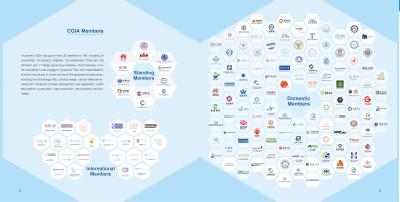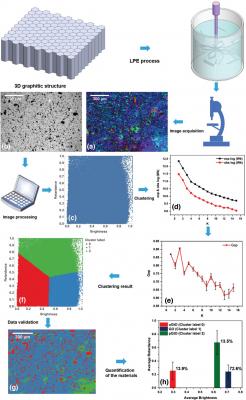Gerdau Graphene contributes to adoption of Brazilian graphene standard
Gerdau Graphene has announced that Brazil has adopted an internationally-recognized industry standard for graphene. The Brazilian standard, published by Brazil’s National Standards Forum (ABNT), is identical to an existing international graphene standard that was developed in collaboration with more than 30 countries, including Brazil, under ISO/TC 229 – Nanotechnologies. The standard aims to characterize the different products that make up the class of materials named graphene, thus contributing to the development of new technologies.
In addition, Gerdau Graphene hosted an international consortium of nanotechnology researchers and industry leaders from April 8-12, 2024, in São Paulo, Brazil. The ISO/TC 229 – Nanotechnologies working groups covered topics related to terminology and nomenclature; measurement and characterization; health, safety, and environmental aspects of nanotechnologies; material specifications; products and applications; and more.





